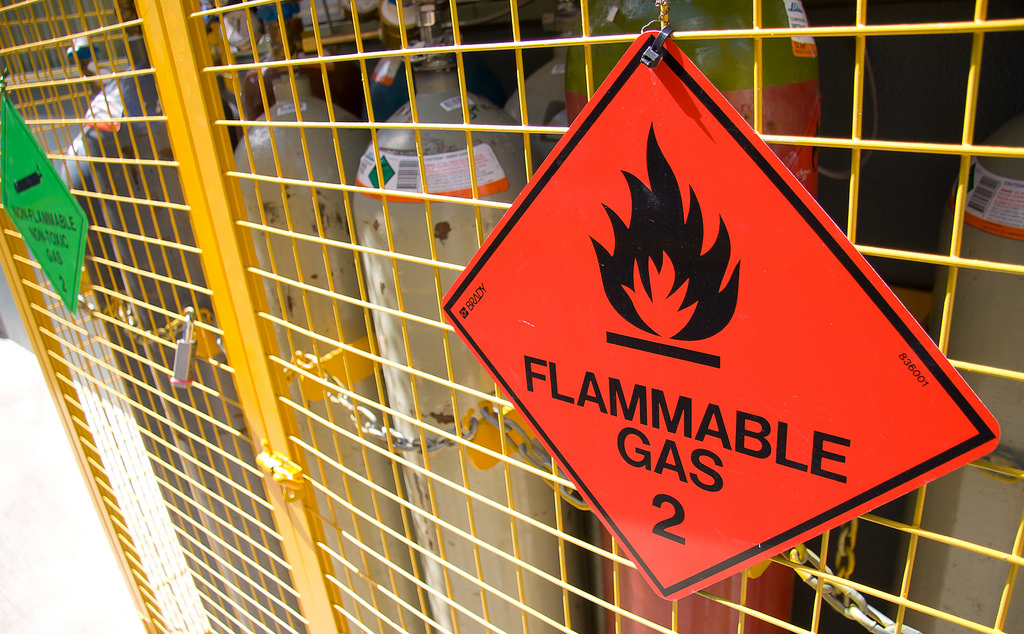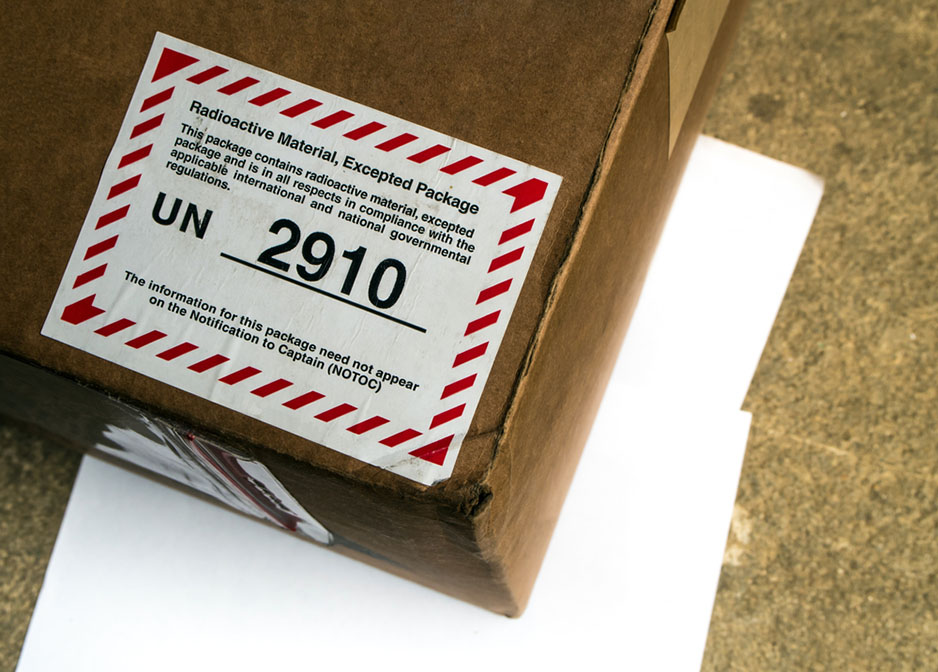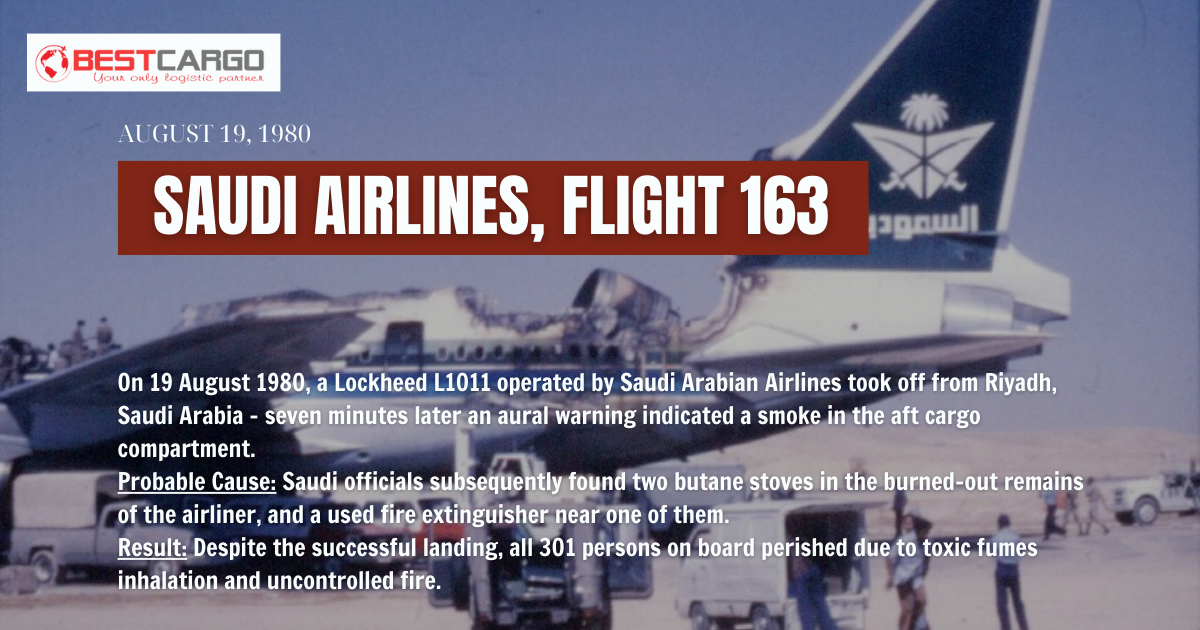When shipping items internationally, you might be surprised to learn that your shipment is classified as risky or hazardous. More than 1.25 million dangerous goods shipments are delivered by air each year. Did you know, for example, that mobile phones, paint, and perfume are deemed hazardous for shipping purposes?
When exporting dangerous items, it is critical to follow DG regulations. Continue reading to learn things you must know while transporting dangerous items.
What are Dangerous Goods?
“Dangerous goods (also known as hazardous materials or hazmat) are articles or substances which are capable of posing a hazard to health, safety, property, or the environment and which are shown in the list of dangerous goods in the IATA Dangerous Goods Regulations or which are classified according to those Regulations.”
According to the IATA’s Manual on Dangerous Goods

What do UN numbers of hazardous substances and goods mean?
A UN number is a four-digit number that identifies dangerous goods such as explosives, flammable liquids, oxidizers, and some acutely toxic substances.
UN numbers protect transport workers, goods, and the environment by allowing shippers to properly package and transport hazardous materials.

Why Dangerous Goods must be declared?
Any shipment in which the dangerous products are not identified is an “undeclared” dangerous good. Stated otherwise, there is no obvious sign (such as the absence of any necessary shipping paperwork, declaration, markings, labels, or other hazard communication) indicating that the cargo contains a hazardous material.
Although the underlying cause of the majority of many air incidents could not be conclusively determined, it is a general understanding that the DG on board may have contributed to the situation’s aggravation, even in cases where they were not the direct cause of the incident. This is because of the kind of materials, where they are located, and how much of them there are on board.
Listed below are 2 of the more notable aviation incidents and accidents in which DG was onboard the aircraft.


Dangerous goods specification
There are 9 primary classes of DG and additional sub-classes to appropriately describe the properties of all hazardous cargo. The nine classes are classified as follows:

Class 1: Explosives (IATA Cargo IMP Codes: RGX, RXS, etc.) – Used to describe substances that are capable of producing hazardous amounts of heat, gas, light, sound, or smoke.
Class 2: Gases (IATA Cargo IMP Codes: RNG, RCL, RPG ) – Includes compressed, dissolved, liquefied, refrigerated gases and aerosols. Most gases are highly flammable and introduce risk when traveling.
You make like: Express delivery from Vietnam to Texas
Class 3: Flammable Liquids (IATA Cargo IMP Codes: RFL )– As per the description, flammable liquids give off a flammable vapour that makes them highly dangerous.
Class 4: Flammable Solids (IATA Cargo IMP Codes: RFS ) – Solids that are flammable are highly combustible and should be handled with immediate care.
Class 5: Oxidizing Substances (IATA Cargo IMP Codes: ROX, ROP ) – These products may not be combustible in themselves but can contribute to the combustion of other hazardous substances.
Class 6: Toxic and Infectious Substances (IATA Cargo IMP Codes: RPB, RIS, PRE, RRW) – Toxic substances are particularly dangerous to humans if inhaled, swallowed, or come into contact with skin. Infectious substances usually contain pathogens, including bacteria, viruses, parasites, or other agents which can cause disease in humans or animals upon contact.
Class 7: Radioactive Material (IATA Cargo IMP Codes: RRY ) – These materials are defined as any substance which contains atoms subject to radioactive decay. During this process, radioactive material can emit potentially harmful ionizing radiation.
Class 8: Corrosives (IATA Cargo IMP Codes: RCM, RMD, RSB, ICE ) – Known for chemical reactions that damage or destroy material upon contact.
Class 9: Miscellaneous Dangerous Goods (IATA Cargo IMP Codes: RLI, RLM, MAG, REQ, RMD ) – This category is used to classify cargo that does not fit into classes 1 to 8. This includes environmentally hazardous substances and elevated-temperature substances.
Commonly “Hidden” Dangerous Goods
Many common household and commercial products, known by their general descriptions, may contain articles or substances that are classified as DG
- Battery-powered devices/ equipment: May contain wet or lithium batteries.
- Breathing apparatus: May contain cylinders of compressed air or oxygen, chemical oxygen generators or refrigerated liquefied oxygen.
- Camping equipment: May contain flammable gases (butane, propane, etc.), flammable liquids (kerosene. gasoline, etc.), flammable solids (hexamine, matches, etc.) or other dangerous goods.
- Frozen fruits, vegetables etc. May be packed in dry ice (solid carbon dioxide).
- And so on.
Dangerous Goods Declaration
To ship dangerous goods, consignors are required to prepare a form certifying that the cargo has been packed, labeled and declared according with the IATA Dangerous Goods Regulations (DGR).

Dangerous Goods Declaration
It’s Your Responsibility
And one last thing to bear in mind! If you are considering sending DG internationally and the packaging, labeling, or documentation does not meet the requirements of the Civil Aviation Legislation, then you may be liable to heavy financial penalties.
As a shipper or importer, it is your responsibility to ensure your goods are classified correctly. The best thing you can do is contact your forwarder prior to shipping to ensure your obligations are met.
With all this said, this guide is an overview and not comprehensive.
If you suspect the product to be shipped to be considered DG, please inform Best Cargo. We’re here to help you ensure your shipment is compliant and safe.
You may concern:
A brief introduction to Turkish Airlines’ Airbus A330
What You Should Know About ULDs (Unit Loading Devices)



